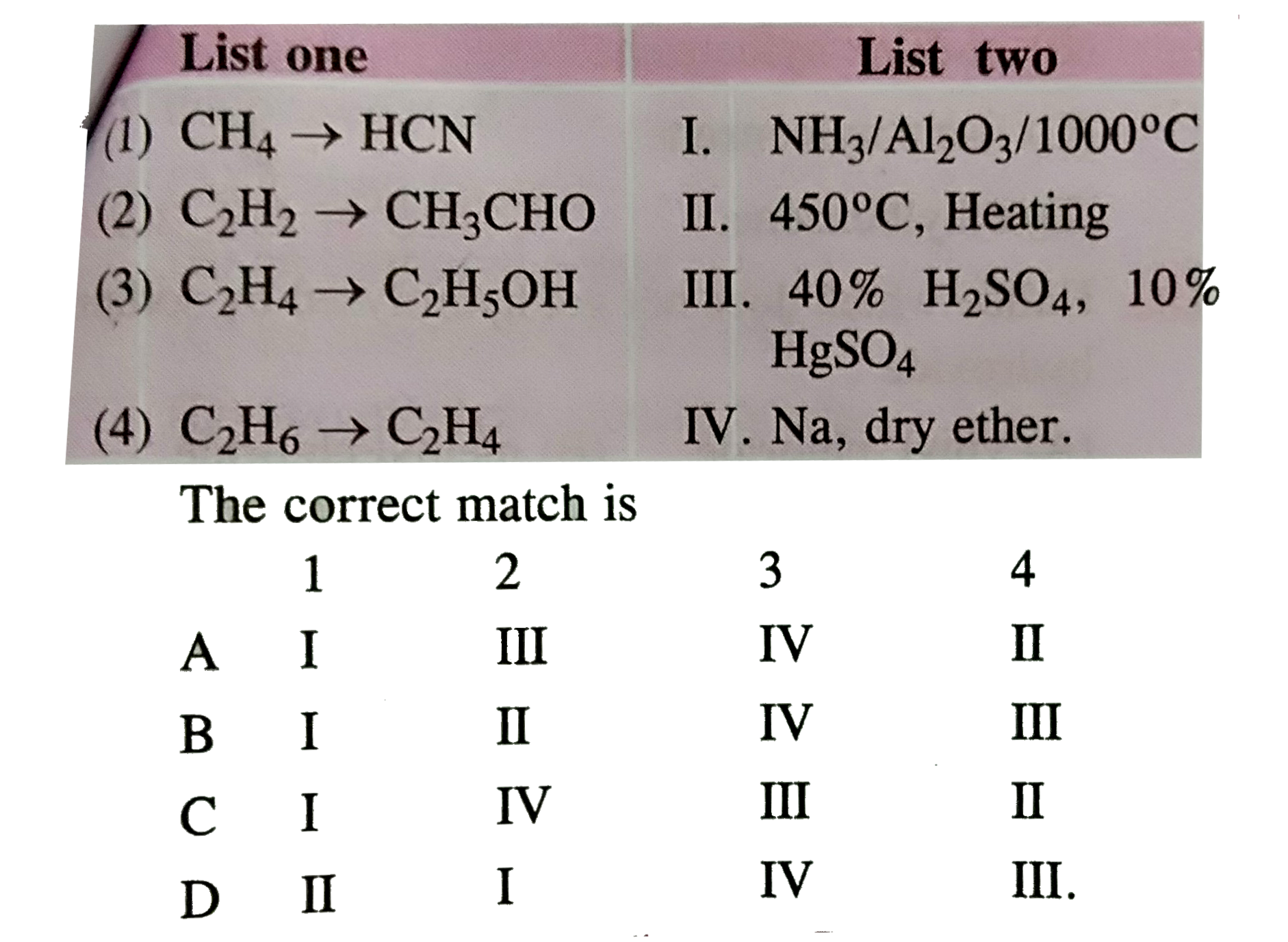In Huckel's (4n+2)π rule for aromaticity, 'n' represents
Number of carbon atoms
Number of rings
Whole number
Fractional number (or) integer (or) zero
The correct Answer is:C
Step by step video, text & image solution for In Huckel's (4n+2)pi rule for aromaticity, 'n' represents by Chemistry experts to help you in doubts & scoring excellent marks in Class 11 exams.
Updated on:21/07/2023Topper's Solved these Questions
- HYDROCARBONS Book:NARAYNAChapter:HYDROCARBONS Exercise:C.U.Q (PREPARATIONS OF ALKENES)
Explore 5 Videos
- HYDROCARBONS Book:NARAYNAChapter:HYDROCARBONS Exercise:C.U.Q (NOMENCLATURE & METHODS OF REPARATION)
Explore 7 Videos
- HYDROCARBONS Book:NARAYNAChapter:HYDROCARBONS Exercise:C.U.Q (NOMENCLATURE, ISOMERISM)
Explore 6 Videos
- GENERAL ORGANIC CHEMISTRYBook:NARAYNAChapter:GENERAL ORGANIC CHEMISTRYExercise:Matrix-Match type questions
Explore 7 Videos
- HYDROGEN & ITS COMPOUCDSBook:NARAYNAChapter:HYDROGEN & ITS COMPOUCDSExercise:Interger type questions
Explore 10 Videos
Similar Questions
Knowledge Check
For any compound to be aromatic, compound should follow a cartain rule known as Huckel's rule. According to Huckel's rule of aromaticity a). Compound should be cyclic
b). Compound should be planar and conjugated
c). Compound should have (4n+2)πe(−)
where n=0,1,2,3, . . . . integer number.
Q. Identiy number of delocalised π-electrons in pyridineA8B6C4D10For any compound to be aromatic, compound should follow a cartain rule known as Huckel's rule. According to Huckel's rule of aromaticity a). Compound should be cyclic
b). Compound should be planar and conjugated
c). Compound should have (4n+2)πe(−)
where n=0,1,2,3, . . . . integer number.
Q. Identify the compound while have maximum dipole moment.A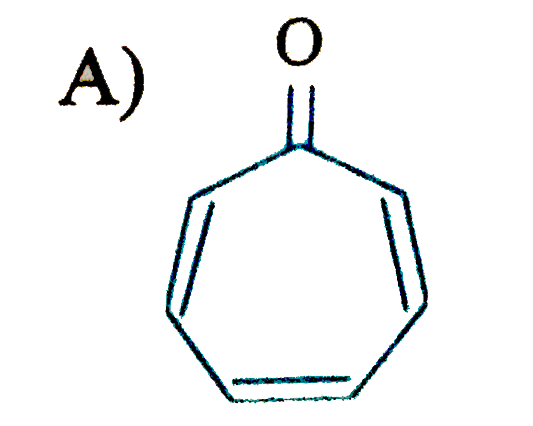 B
B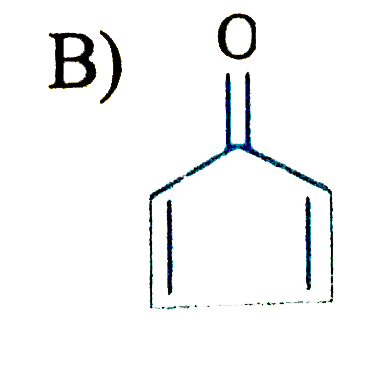 C
C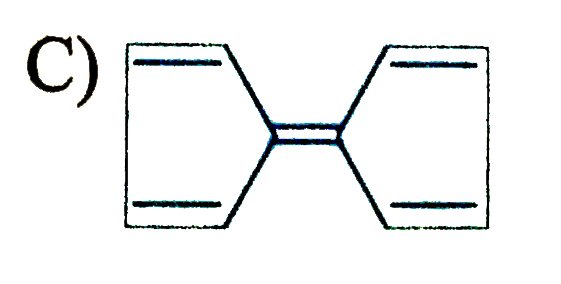 D
D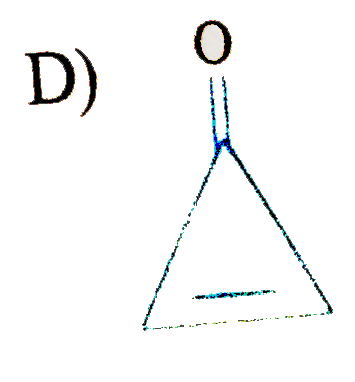
The Huckel rule for aromaticity connects aromatic stability (High delocalization energy or high resonance energy) with the presence of ____π electrons in a closed shell.
A(4n)B4n+1C(4n+2)D(4n+3)
For any compound to be aromatic, compound should follow a given set of rule known as Huckel's rule
According to Huckel's rule of aromaticy :
(a) compound should be cyclic
(b) compounds shoulds be planar and conjugated .
(c) compound should have (4n+2)πe−
where n=0, 1, 2, 3.... integer number .
Which of the following is not an aromatic compound ?
View SolutionFor any compound to be aromatic, compound should follow a given set of rule known as Huckel's rule
According to Huckel's rule of aromaticy :
(a) compound should be cyclic
(b) compounds shoulds be planar and conjugated .
(c) compound should have (4n+2)πe−
where n=0,1,2,3....∫e≥rνmber.<br>Identifyνmberof∂ocalisedpi-electron in pyridine : ltBRgt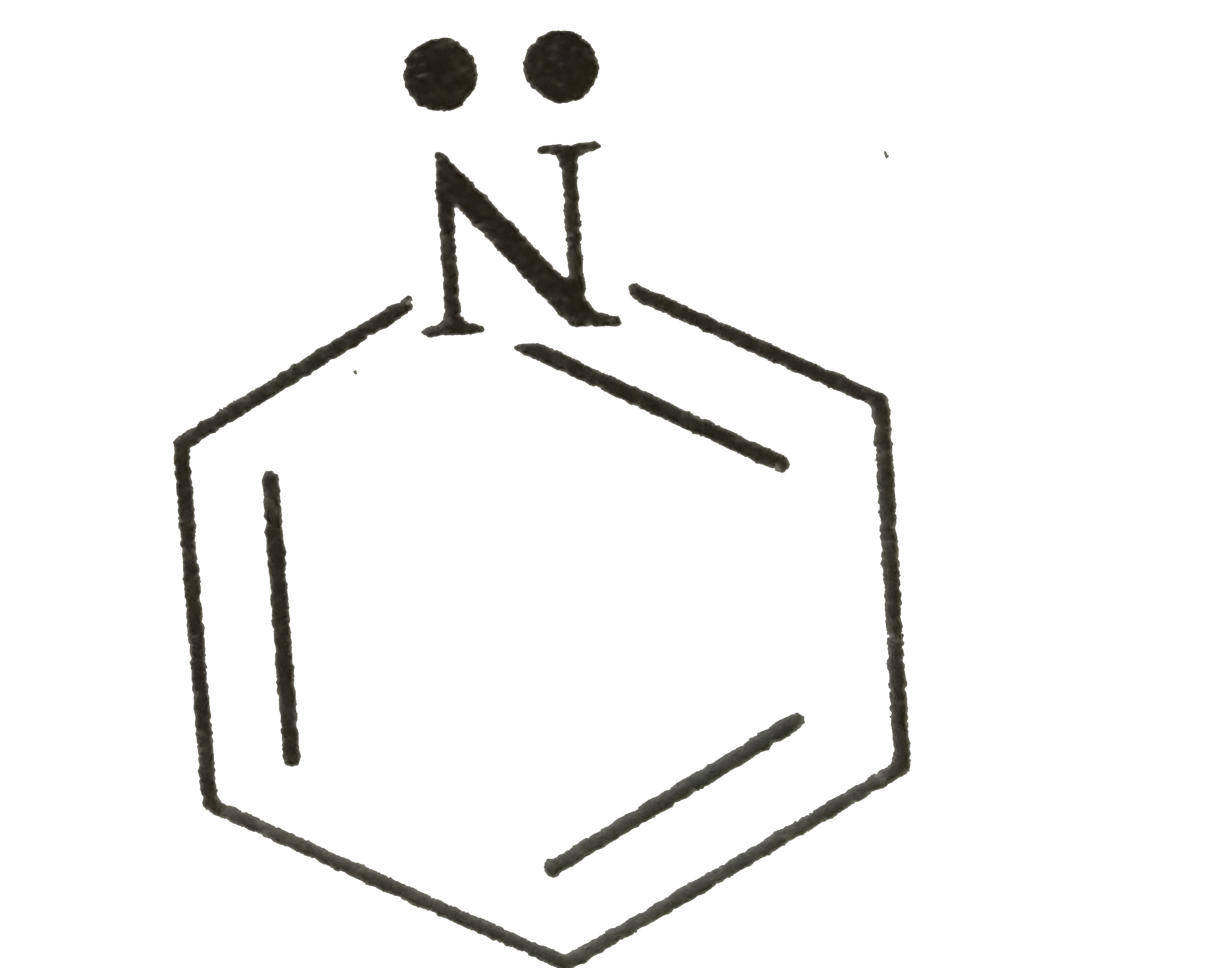
View SolutionFor any compound to be aromatic, compound should follow a given set of rule known as Huckel's rule
According to Huckel's rule of aromaticy :
(a) compound should be cyclic
(b) compounds shoulds be planar and conjugated .
(c) compound should have (4n+2)πe−
where n=0, 1, 2, 3.... integer number .
Among the following which is a non-planer compound ?
View SolutionFor any compound to be aromatic, compound should follow a given set of rule known as Huckel's rule
According to Huckel's rule of aromaticy :
(a) compound should be cyclic
(b) compounds shoulds be planar and conjugated .
(c) compound should have (4n+2)πe−
where n=0, 1, 2, 3.... "integer number" .
"Identify the compound which have maximum dipole moment" :
View SolutionWhich of the following meet the requirements of the Huckel rule for aromatic compound
View Solution


